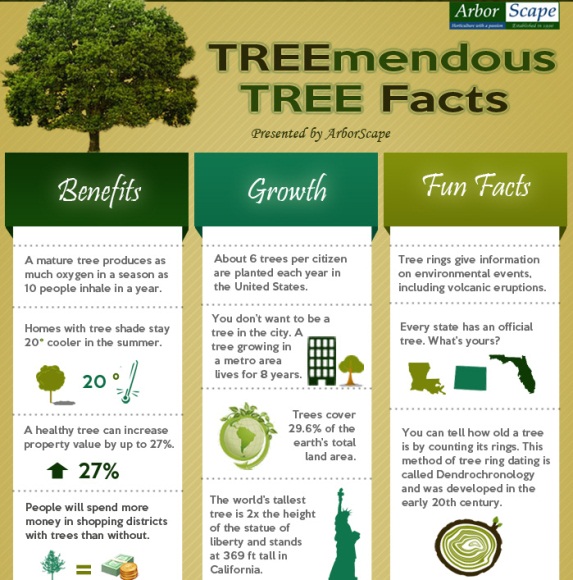Indications It's Time To Get Rid Of A Tree - A Homeowner'S Guide
Indications It's Time To Get Rid Of A Tree - A Homeowner'S Guide
Blog Article
Write-Up Author-Rollins Lucas
Trees include appeal and worth to home, yet they can also pose a danger during extreme climate occasions. If a tree has actually stopped growing, is displaying visible fungal development, or has a leaning trunk, it must be gotten rid of by an expert to prevent building damage and injury.
For more information, participate in a house owner source fair co-hosted by HPD, the Facility for New York City Neighborhoods, and Brooklyn-based housing partners this night in Bedford-Stuyvesant. The event will include the Homeowner Manual, a new overview to help homeowners navigate the obligations of owning a home.
1. Dead or Perishing Branches
Trees are an essential part of your home's landscape, offering color and elegance. They also offer shelter for wildlife and produce oxygen, yet also healthy and balanced trees can experience health issue that might demand their removal. Dead or passing away trees aren't just unattractive, they can be unsafe. Their branches might drop throughout a tornado, leading to costly building damages and injuries.
When a tree's branches begin to die, it suggests that its structure is starting to break down. If mike mz service of its branches are dead, it is likely time to remove it.
Search for an absence of new development, bark peeling, open injuries or dental caries, fungis expanding on the trunk or roots and a general look of decay in the entire canopy. These signs of infection can show a severe issue that will call for expert tree services to resolve.
2. Leaning Trunk
While it's normal for trees to lean every now and then as a result of phototropism, if a tree has a hazardous or extreme lean that's not due to natural processes - maybe a sign that the tree requires to be gotten rid of. If the tree is leaning toward a high-voltage line, home, lorry, play framework or any other area that could be unsafe to people if it drops, after that contacting an expert tree solution for removal need to be a leading concern.
just click the next document 's additionally important to watch for any type of sudden changes in a tree's leaning as it can indicate damages to the origins or trunk that may cause falling. This is particularly true during stormy weather, considering that high winds and rain-soaked dirt can cause a lean to change quickly. Routine tracking, especially throughout and after tornados can assist house owners identify possible troubles with their trees so they can call an arborist for a thorough assessment.
3. Pest Problem
Some pest problems, such as wood-boring pests like emerald ash borer or sap-suckers like scale insects, are so severe that they can trigger a tree to pass away. The most effective means to avoid pest invasion is to check your trees on a regular basis. Look for places, openings, or stainings in the leaves and bark. Analyze the trunk for cracks and indications of insect damage, such as tunnels or tracks.
If a tree ends up being too infested with parasites, or is close to a home or power lines, an arborist might recommend elimination. If a leaning tree develops a new, unsteady lean, an arborist will likely suggest removal as well to make sure the security of people and residential property. If a damaged or dead tree consistently loses too much branches, it is an indication that it is time to remove the tree. If a tree continues to lose branches for an extended amount of time, it can result in structural problems and potential residential property damages.
4. Damaged Trunk
Trees are a lovely and important part of our landscape, but they do call for normal care to keep them healthy and secure. If a tree is damaged beyond repair it is most likely time for it to come down.
Look for signs of damages to the trunk, consisting of vertical cracks, joints, dead branch stubs, visible injuries or open cavities and severe tree-rot. The presence of fungis at the base of the trunk is one more advising indication. Fungi might indicate that the phloem and xylem (life-support tissues) are endangered, allowing for the spread of condition or a future failing.
Additionally, consider whether the tree has actually stopped expanding. https://docs.google.com/spreadsheets/d/1sIXJxK4qIubUqICbb3pVguG6g_6LlO2BS_BoI2OqB6o/edit?gid=949486627#gid=949486627 and balanced trees will certainly have new development annually, which might show up as buds or branches sprouting and extending. If you don't see any kind of new development, it's an excellent idea to have an arborist review the tree and follow their recommendation for removal. A dying or damaged tree can drop and trigger home damages.